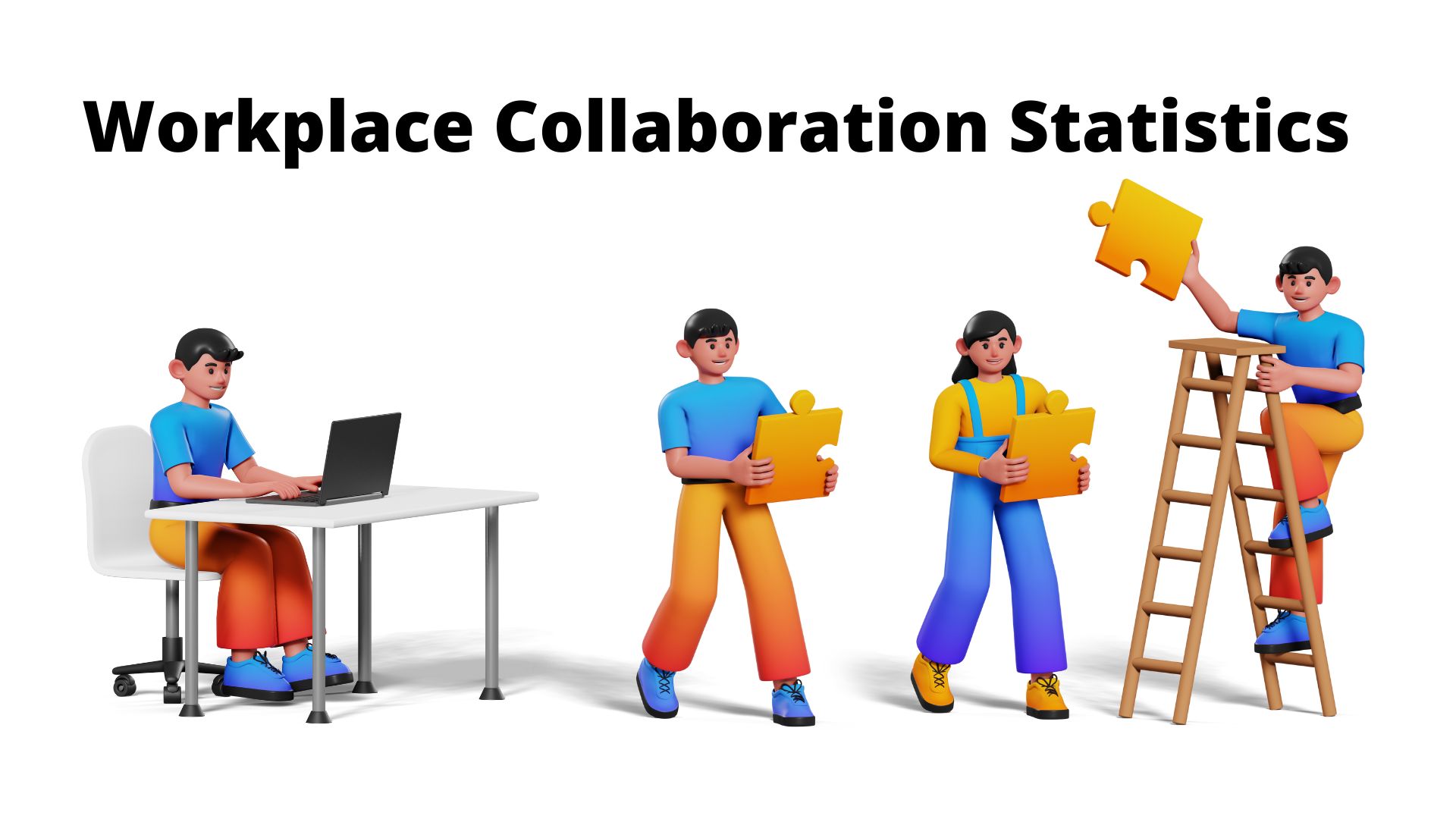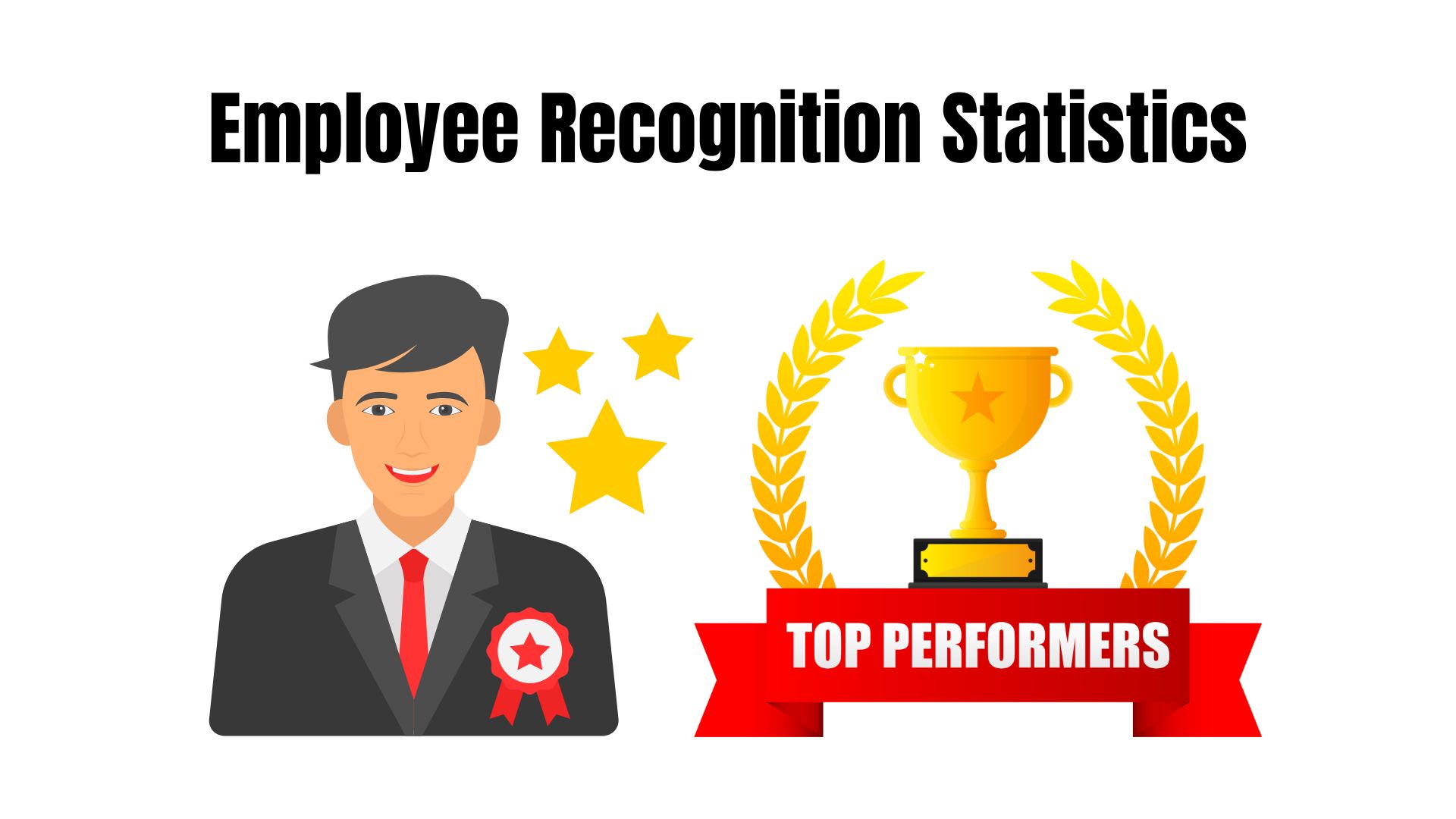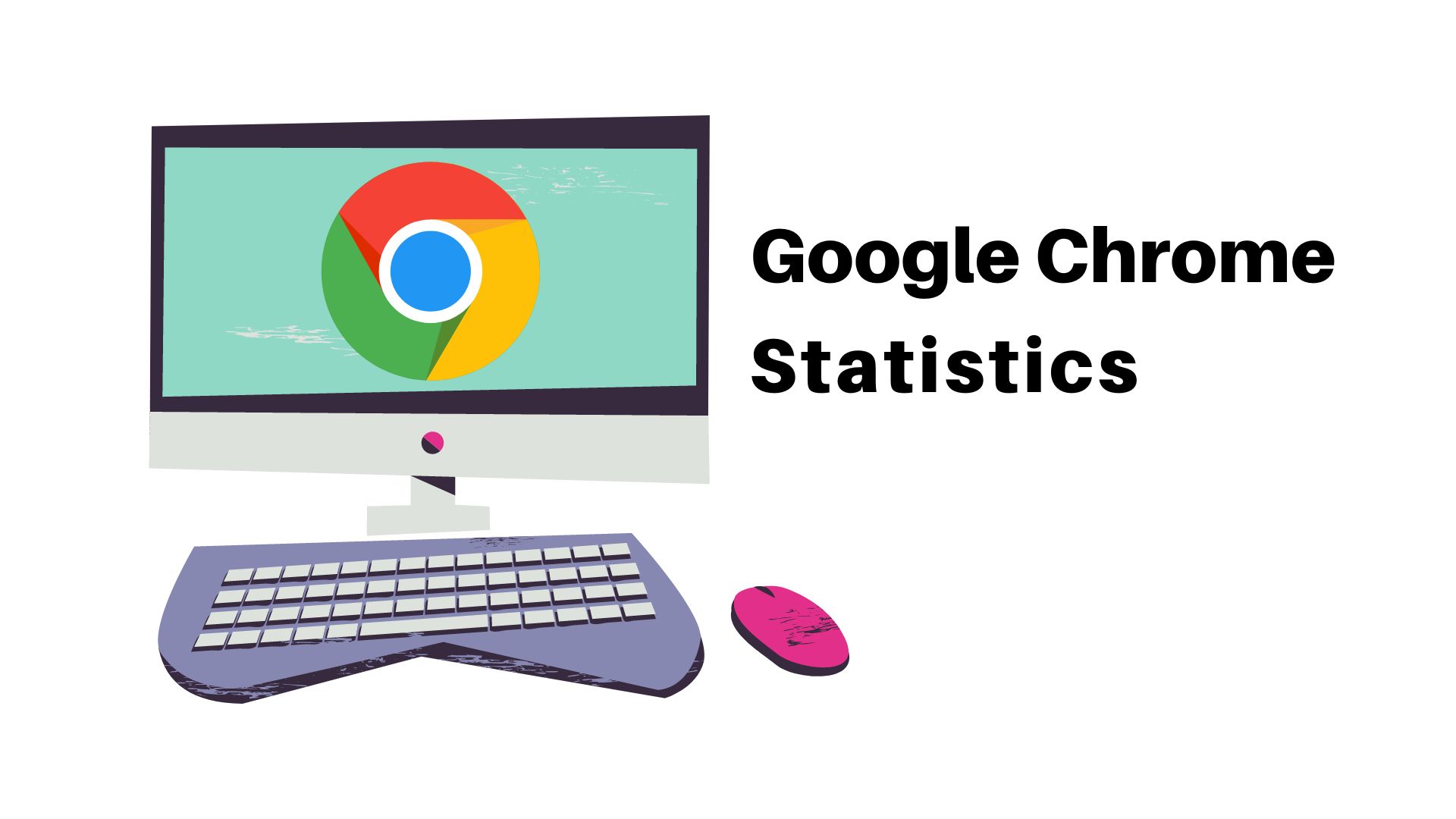Did PeopleSoft Implode?
In the aftermath of the PeopleSoft/Oracle merger,
analysts are sifting through PeopleSoft's past for clues that led to
its eventual sale.
Nearly 19 months ago, the Pleasanton, Calif.-based company was
growing its large-scale contracts while gracefully expanding its Human
Resource software business. The No. 2 enterprise application software
firm had just purchased
the assets of J.D. Edwards and began making moves on market leader SAP
.
Now, the company has agreed
to sell its business to Oracle for $10.3 billion.
While the final price is not chump change, analysts like Enterprise Applications Consulting's Joshua
Greenbaum suggest PeopleSoft was not on the road to greatness.
“They had based their future on acquiring J.D. Edwards and entering the
manufacturing market, not on product or technological greatness,”
Greenbaum told internetnews.com. “Their other major initiative at
the time, total ownership experience, which promised a better ROI for
PeopleSoft customers, looked good in slideware but failed to meet
expectations. This was a company that eschewed component architectures
and composite applications as marketing concepts that had no validity in
the real world.”
Greenbaum also said PeopleSoft largely passed on trying to understand
and eke out a leadership position in service-oriented architectures
The other problem cited by analysts was that PeopleSoft was running
out of headroom, and by about 2002 and 2003, it became clear that PeopleSoft,
like Oracle, needed a larger customer base.
“In order to keep the gears spinning, new license revenue has to be
generated in order to keep services and maintenance revenue up,”
Greenbaum said. “As the top end of the market is already saturated, new
license revenue has come from upselling existing customers, something
that has a high cost of sales when the existing customers belong to a
competitor. So generating enough license revenues means either spending
too much money poaching your competitors' customers or having enough
customers of your own to upsell to.
“That was part of the reasoning
behind the J.D. Edwards acquisition, but, as Oracle later reasoned, J.D.
Edwards wasn't enough to keep the gears running. A merger with Oracle
actually made a lot of sense under this scenario, however opposed Conway
was to the deal for personal reasons.”
Some analysts point the finger at former PeopleSoft CEO Craig
Conway, who ironically was not even around to see the deal completed.
Conway was fired
by PeopleSoft's board of directors a little more than a week
after the company's annual partner conference. From the beginning,
Conway had been an outspoken critic of Ellison, his former boss, and even
admitted
to being a publicly combative as a front to protect employees and
shareholders. The gamble may have been his undoing, say analysts, since
the torch was passed to PeopleSoft Founder and Chairman Dave Duffield to
broker a deal with Oracle.
“Some believe Conway should not have rejected the offer on the day it
was launched and before the PeopleSoft board of directors had had time
to consider it,” Melanie Hollands, president of Koala Capital, a hedge
fund that focuses on technology stocks, told internetnews.com.
“It's interesting as the company also indicated what the revenues would
be; it had to because otherwise everyone would have assumed Craig was
getting the axe because of a revenue shortfall.”
PeopleSoft was dealt another blow in October as Ram Gupta, head of
software development, left the company. A company spokesperson did not
comment on the departure and declined to say whether the man who helped
PeopleSoft broker the IBM licensing deal
had resigned or was fired.
Now with the merger wheels in motion, the two companies said they
will continue their stated goal of becoming a major powerhouse in the
enterprise application software marketplace.

Michael Singer is a career coach, podcast host, and author to help you step into a career you're excited about. Currently, He is a coach and trainer helping entrepreneurs and executives achieve business and leadership success. He is also an award-winning business journalist focused on the intersection of technology, Big Data, Cloud, SaaS, SAP, and other trending technology.



